25 October 2019
Are funders reaching the widest possible pool of innovators to publicise their programmes? What are the barriers that face women that we may not be able to see? Research Associate, Rob Callaghan, is researching where and why these barriers appear.
At Y Lab, we’ve been running funding programmes for the past four years, inviting applications from those keen to develop an innovation project in a public service. After some time, I noticed in the data some patterns might be emerging along gender lines. As a precaution, we ran a small experiment with our grantee interview process to try and mitigate gender bias.
It was an interesting, if incomplete, first try. Since then, I’ve continued to be interested in this area and on Thursday last week I visited Nesta in London to set up a larger scale research project looking at their internal data.
I’m interested in how grant-making organisations like Nesta publicise their funding and decide which teams, individuals and ideas to support. In this case, I’ll be continuing to look through a gender lens but at a much broader range of data: newsletter subscribers, event attendees as well as programme applicants. We want to see if they are reaching out to the widest possible talent pool. Then, once they’re in touch with people with clever ideas, do barriers appear in women’s paths that are invisible to men, and to programme organisers?
Worldwide, funding organisations are doing the same: sharing their data and using it to improve their performance:
- In international development aid, Publish What You Fund have been tracking transparency for almost ten years. Their most recent report found that unprecedented amounts of data is being published by national governments and international organisations about who funds which projects and causes and how much they give. More than a thousand organisations now publish grant data to the International Aid Transparency Initiative (IATA) Standard.
- As science funders have increasingly pushed researchers to publish the datasets which they’ve paid for, so the light has reflected back on their activities. Major global science funder Wellcome has a dashboard which shows their grants in that year, and in some cases back to 2013, displayed using visualisation tool ‘tableau’. Similar organisations like Science Foundation Ireland have been encouraged to do the same.
In the UK, 360Giving has collected a group of more than 100 grant-making organisations who together have published data on almost £30bn-worth of grants. They’ve developed a simple data standard, that allows different funders to be compared.
Funders need not go as far as this. Certainly, the data I’ll be analysing for Nesta will remain on my password-protected University computer. But I’m pleased they can see the value in passing it to an external researcher. For organisations yet to publish any internal data, having a thorough look themselves can be a good first step. Nesta already publish all their grants data with 360Giving (having been involved with the organisation’s development) but the 360Giving data Standard doesn’t include the kind of individual grantee information I’ll be working with.
Reasons organisations give for adopting greater transparency vary, but they tend to cluster around effectiveness and legitimacy. Charitable trustees or civil servants administering public funding want to maximise the effectiveness of budgets. Existing data may be able to point them in the right direction. They also understand that grant application writing can become a huge burden on people who could be focused on doing good in their communities. Openness about what the success rates tend to be, and which ideas tend to be successful, can help possible applicants make an informed choice about investing their time.
While funders have published case studies, or annual lists of grantees, for some time for these reasons, it may soon seem insufficient. Publishing standards are raising expectations of accountability by ensuring data is consistent, complete, comparable and machine-readable. Openness is no guarantee of continued legitimacy in the eyes of the public, but a lack of transparency carries its own reputational risks too, and these will only grow over time. This doesn’t just apply to public money either, in the context of the recent dip in trust for UK charities, they too can see the importance of the social license to operate.
Publishing standards are raising expectations of accountability by ensuring data is consistent, complete, comparable and machine-readable.
So, where do we stand in Wales? The government departments and public bodies listing grant-making data on 360Giving are all UK or England-only institutions. There are 10 Local authorities, all in either England or Scotland. Community Foundation in Wales doesn’t appear among the 15 local Community Foundations, listed (which are all English). Neither does the Wales Council for Voluntary Action (nor, to be fair, does it’s English equivalent NCVO); only the Scottish Council for Voluntary Organisations appears.
That’s not to say these organisations aren’t collecting and analysing data to improve their grant-making. But certainly the absence of any Welsh-specific organisations at all is marked. The smallest grant-maker on the list gives away only £30,000 a year, so it’s not necessarily a question of size. This leaves space for a Welsh organisation to show the lead. I would love to see a public body, a research funder, a charity, an umbrella organisation or a philanthropist in Wales step-up to this challenge. The first step may be a small project like the one I’m working on with Nesta.
I’m interested in the extent to which funders can support the best ideas, regardless of who they come from. In Nesta’s case, we’ve decided to focus on gender. But a local funder might want to focus on something else. Geographical pattern of applicants could be of interest, for instance, especially in the light of the Young Foundation’s report on the possible effects of funding deserts. Done right, it could stretch an organisation’s giving further.

